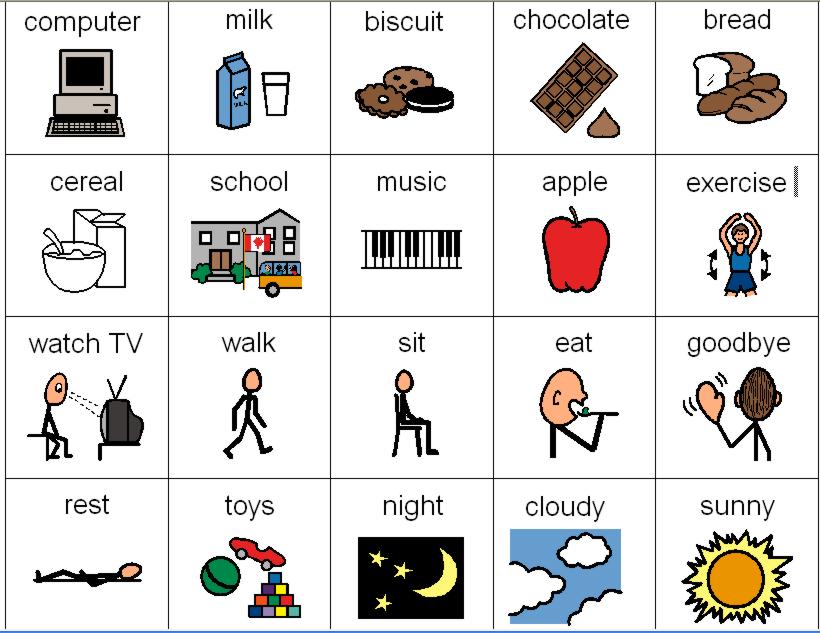

The child is taught to make their request by handing an exchange card representing what they want, to an adult who is holding the desired item. The child first learns to request for highly desirable items and then expands this for commenting and sentence formulation.
ALL DONE PEC HOW TO
It can also be used to teach a child how to initiate communication with another person. PECS is used to provide a child with an alternative way of communicating if they have not yet developed speech. Over time, PECS has been used with individuals of many ages and with diverse abilities. These children had not developed useful language and they did not initiate communication with others. It was originally developed for use with preschool children with autism spectrum disorder and other related developmental disabilities. a communication method other than speech) that involves the physical exchange of pictures to communicate with another person for the purpose of requesting or commenting. The Picture Exchange Communication System (PECS) is an augmentative and alternative communication (AAC) system (i.e. You can teach size, number, and shape.What is the Picture Exchange Communication System (PECS)? You can teach colors as adjectives with a fun selection of items in multiple colors. Anne brought along so many great activities that can be used with our PECs learners. The PECS system provides wonderful visual support for expanding sentences and teaching all kinds of vocabulary. Sometimes training stalled at requesting and commenting. Now you are ready to deliver that reinforcer in a split second!ģ. Be sure you position your open hand in front of the desired object. Sit across from the student if you are the “enticer”. So the best way to arrange the materials and yourself is to line it all up with the reach. You don’t want them distracted and losing interest. Now I know that you do not want the learner to have to shift eye gaze too far from the motivational object to find the picture and drop it in your hand. I have placed the communication book off to the student’s side and sat next to him. In the beginning phase, you are teaching the learner to reach for the picture and exchange it. I wasn’t keeping the communication book, my hand and the desired item all in line. But I had forgotten about many details that can make a big difference.Ģ. Why? Because the research-based system will help your learners reach their highest potential using the system if you know what you are doing.

Not if you want to be as effective as you can be. Not if you want your learner to become a fluent, successful communicator that acquires a robust set of communicative functions and an ever-growing vocabulary. Pretty simple, certainly low-cost, and easy enough for anyone to implement, right?Īctually no. In the beginning level in the system, a learner exchanges a picture with a communication partner to request something… which is then quickly honored. The PECS system was based on behavioral teaching techniques.

In classrooms for children with disabilities, you’ll see children pull a picture off their book or a choice board and hand it to an adult to request a snack item or toy. You have probably seen those communication notebooks, with Velcro and a sentence strip on the top cover, filled with more Velcro strips and laminated picture symbols inside. PECS is a well-known, widely used system of AAC. It was a unique augmentative/alternative communication system developed to meet the needs of learners on the autism spectrum or those with developmental learning disabilities with significant communication challenges or who were non-verbal. PECS was developed in 1985 by Andrew Bondy, Ph.D. and Lori Frost, SLP. The PECS System is considered low-tech and does not require an electronic device.


 0 kommentar(er)
0 kommentar(er)
